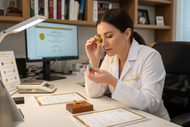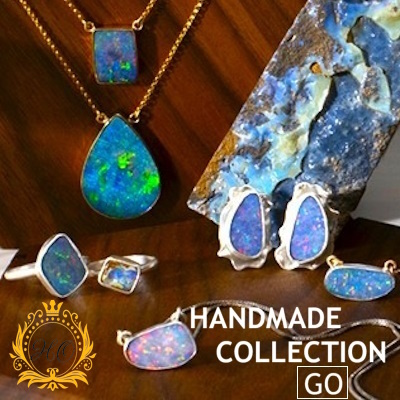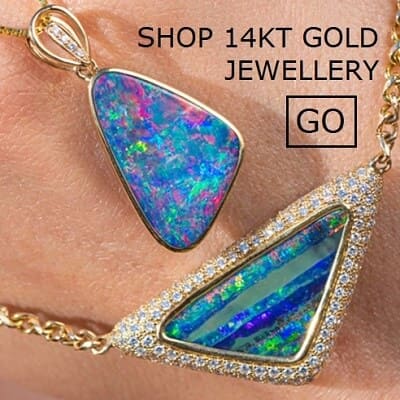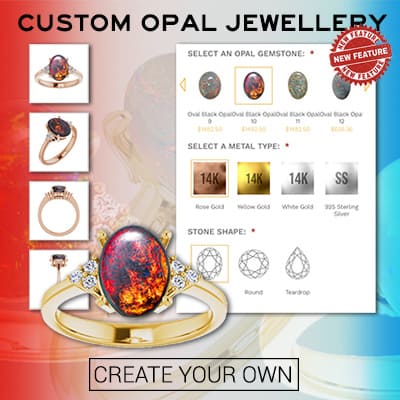What Is Opal Certification? Complete Guide for Buyers
Posted by AOD on 16th Oct 2025
What Is Opal Certification? Complete Guide for Buyers
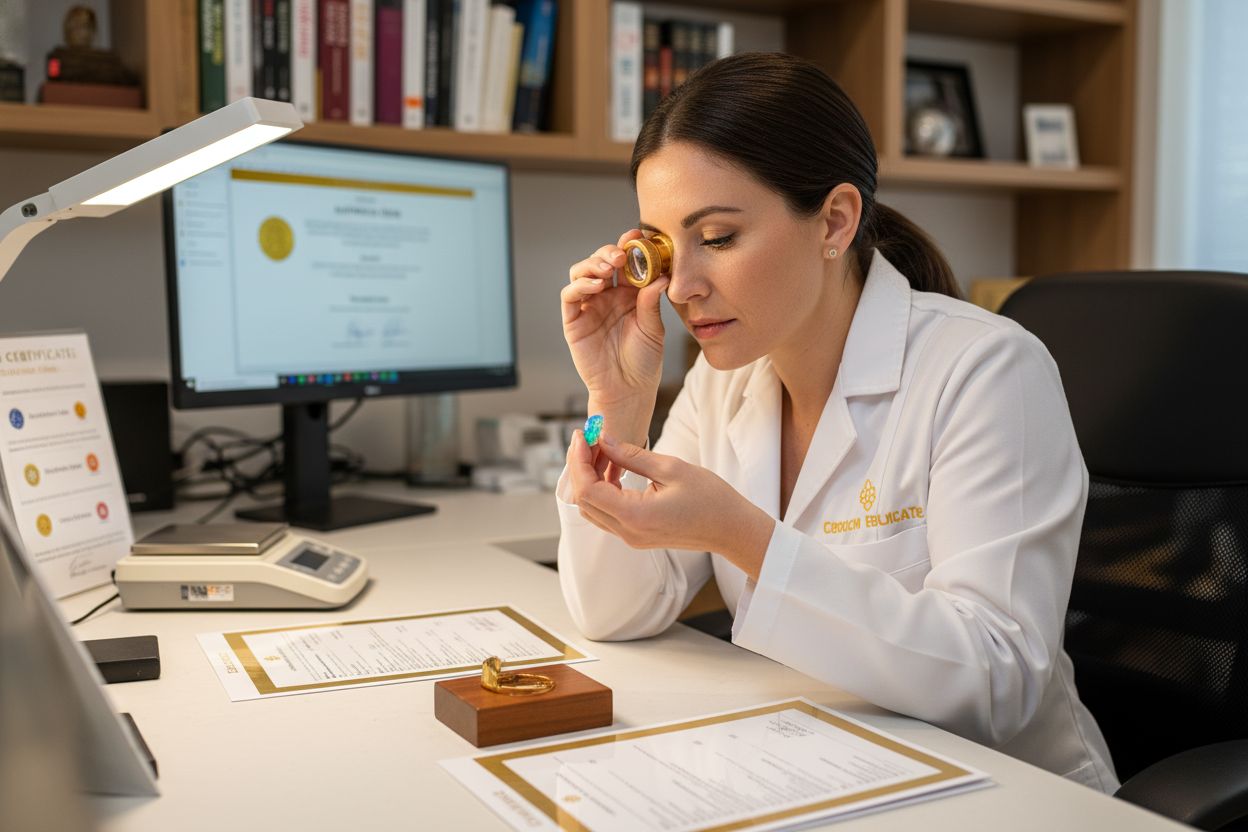
Did you know that up to 60 percent of opals on the global market are misrepresented or lack proper certification? Choosing a genuine opal involves more than trusting a label or eye-catching sparkle. For jewelry lovers and collectors, understanding opal certification can make the difference between a wise investment and a costly mistake. Learn how these expert assessments work and spot the myths that could impact your next purchase.
Key Takeaways
| Point | Details |
|---|---|
| Opal Certification Importance | Certification validates the authenticity, quality, and value of opals, serving as a vital tool for informed purchasing decisions. |
| Understanding Grading Systems | Different grading systems, such as Investment-Grade Rarity Scoring and Commercial Certification, vary in detail and evaluation criteria, influencing the buyer’s insight. |
| Benefits of Certified Stones | Certified Australian opals offer unbiased evaluations, quality assurances, and verified origin, enhancing buyer confidence and value assessment. |
| Verification Strategies | Buyers should verify opal authenticity by examining detailed documentation, high-resolution imagery, and being cautious of vague claims. |
Table of Contents
- Defining Opal Certification And Common Myths
- Types Of Certification And Grading Systems
- How Opal Certification Works In Practice
- Benefits Of Certified Australian Opals
- How To Verify And Avoid Misleading Claims
Defining Opal Certification and Common Myths
Opal certification isn’t just a fancy piece of paper - it’s a critical validation of a gemstone’s authenticity, quality, and value. Certification provides buyers with a comprehensive assessment of an opal’s key characteristics, helping them make informed purchasing decisions. According to the Opal Stone 101: History, Symbolism, and Uses, understanding the nuanced details of certification is crucial for serious collectors and jewelry enthusiasts.
According to the Opal Association, certification involves a standardized evaluation process that classifies opals based on several critical factors:
- Body Tone: Measured on a scale from N1 to N9, indicating the stone’s darkness or lightness
- Transparency: Categories like crystal opal help buyers understand the stone’s optical properties
- Play-of-Colour: Distinguishing between precious opals with color variations and common opals
- Origin: Identifying the geographical source, which can significantly impact value
Common myths often cloud buyers’ understanding of opal certification. Many believe that all certifications are identical or that certification automatically guarantees top quality. In reality, certification is a nuanced process that requires expertise. Reputable certifications come from recognized gemological institutions and provide detailed, objective assessments. Not all certificates are created equal - some offer more comprehensive analysis than others, examining aspects like color intensity, pattern uniformity, and potential treatments.
Buyers should approach opal certification with a discerning eye, understanding that it’s a tool for transparency, not an absolute guarantee. Always verify the credentials of the certifying body, ask questions about the specific evaluation criteria, and remember that a certificate is just one part of your purchasing decision.
Types of Certification and Grading Systems
When it comes to opal certification, not all grading systems are created equal. According to the What Are the Different Types of Opal? guide, understanding the nuanced grading approaches is crucial for making an informed purchase.
Investment-Grade Rarity Scoring represents one of the most sophisticated certification methods. As detailed by the Opal Diamond Factory, this comprehensive system employs a 300-point scale that meticulously evaluates opals across multiple critical dimensions:
- Category: Determining the fundamental type and quality of the opal
- Color: Assessing the vibrancy, intensity, and distribution of color
- Cut: Evaluating the precision and quality of the stone’s shape and polish
- Body Tone: Using the N-scale (N1-N9) to measure darkness and lightness
- Brightness: Measuring the stone’s luminosity and light reflection
- Pattern Rarity: Analyzing the uniqueness of color play and pattern
- Clarity: Examining the stone for internal imperfections
Commercial certification models, aligned with Australian industry standards, typically provide a more standardized approach. According to MyOpal World, these certifications comprehensively document:
- Precise stone weight
- Exact physical dimensions
- Geographical origin
- Body tone classification
- Dome cut type
- Detailed opal type categorization (black, white, crystal, boulder, doublets, triplets)
While these systems offer robust frameworks, savvy buyers should remember that certification is a tool, not an absolute guarantee. Each grading system has its strengths, and understanding the nuances can help you make a more informed decision when selecting your perfect opal.
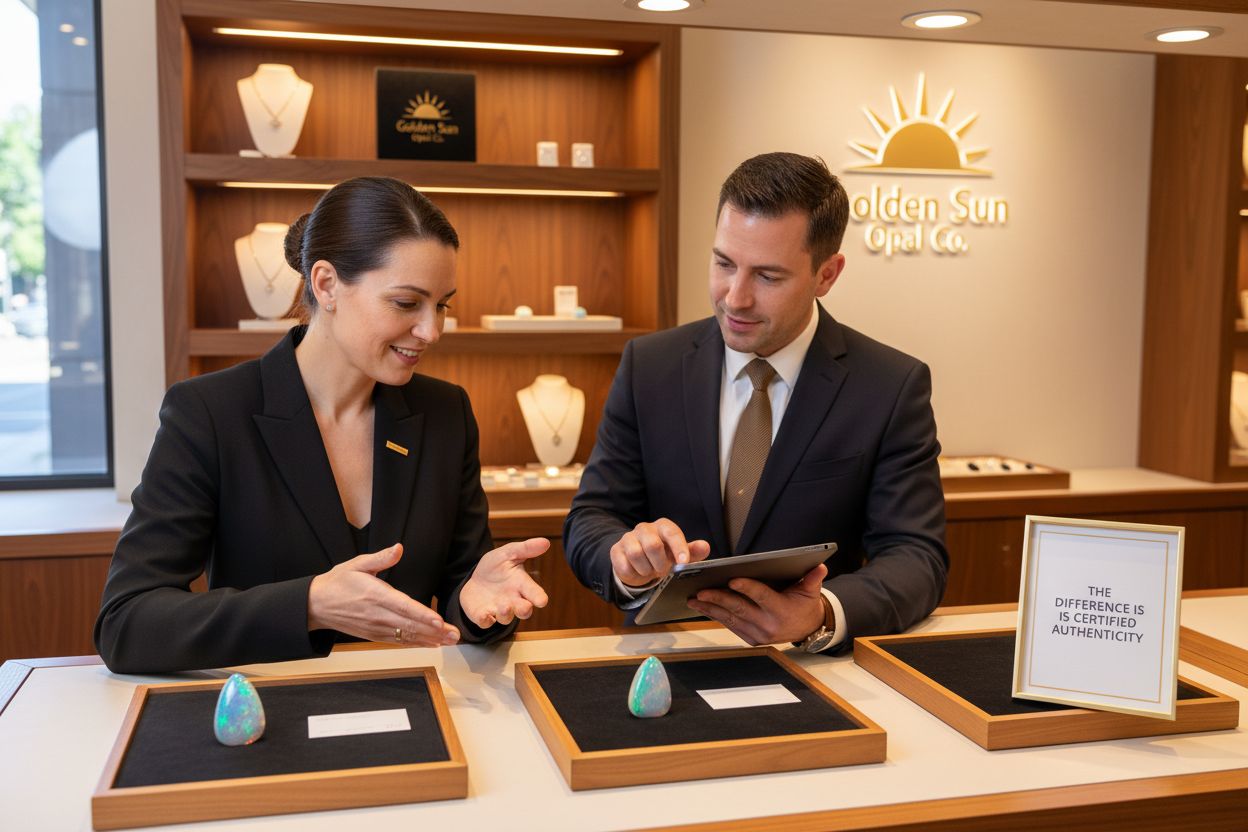
Here’s a comparison of major opal certification and grading systems:
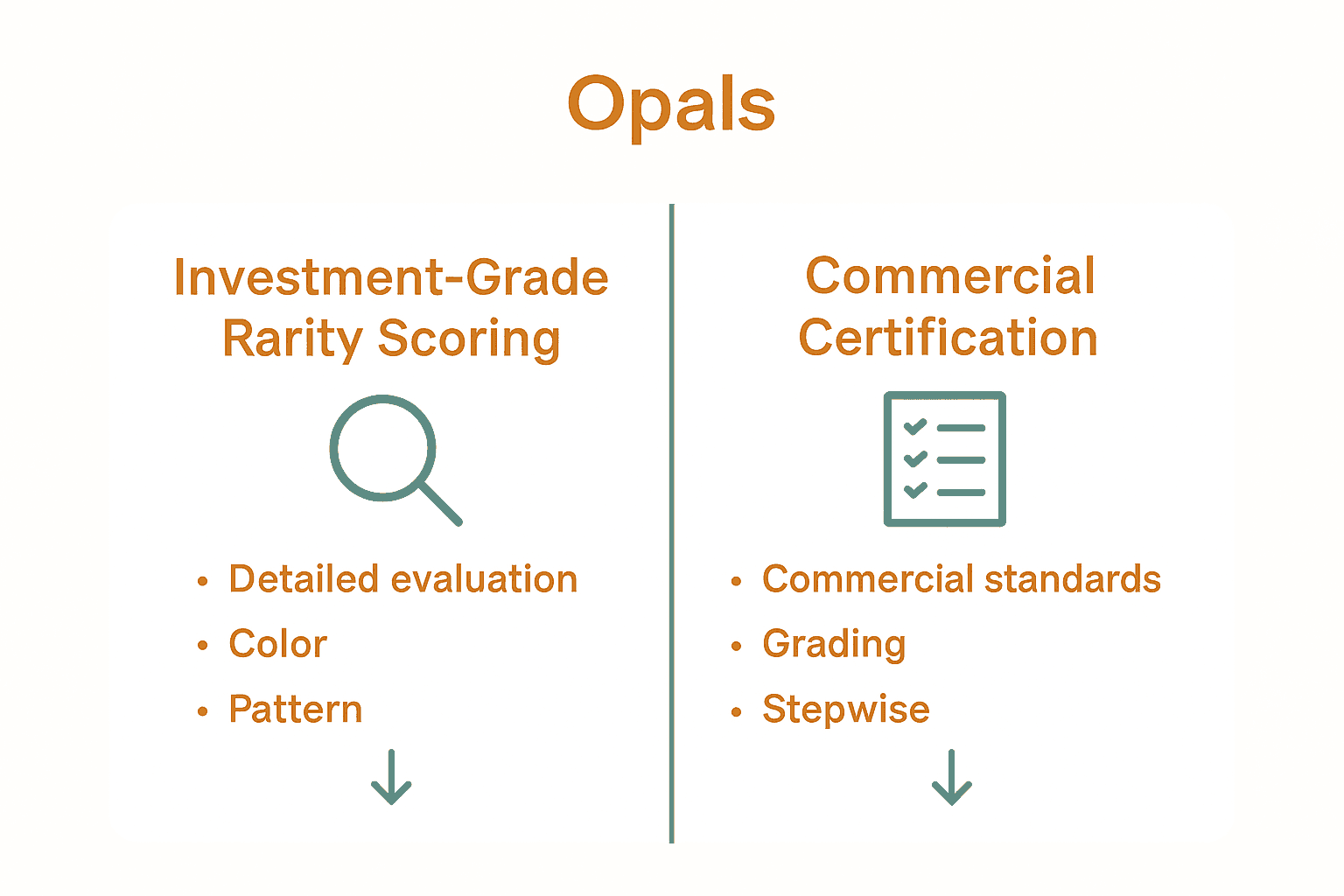
| Criteria | Investment-Grade Rarity Scoring | Commercial Certification |
|---|---|---|
| Evaluation Scale | 300 points | Standardized descriptors |
| Key Factors Assessed | Category Color Cut Body Tone Brightness Pattern Rarity Clarity |
Stone weight Dimensions Origin Body tone Dome type Opal type |
| Detail Level | Highly detailed, multi-criteria | Comprehensive but general |
| Typical Use | Collectors Investors |
Retail market Wider buyers |
| Certifying Bodies | Opal Diamond Factory Specialist labs |
Industry-standard labs Retailers |
How Opal Certification Works in Practice
Opal certification is a meticulous process that transforms a beautiful gemstone into a documented treasure. According to the Value of Opal guide, understanding the practical steps of certification can dramatically impact your purchasing confidence.
According to the Opal Association, a comprehensive certification report must specify several critical details that provide a complete picture of the opal’s identity and characteristics:
- Opal Type: Classifying as natural, treated, composite, or synthetic
- Variety: Identifying specific categories like black, dark, or light opals
- Body Tone: Precisely measuring darkness using the N1-N9 scale
- Transparency: Documenting the stone’s optical properties
- Treatments: Revealing any enhancement procedures
- Composite Details: Explaining construction for multi-layer stones
- Physical Dimensions: Recording exact weight and size measurements
Digital assessment certificates, like those offered by Opal Whisperers, now provide buyers with expert-backed documentation that goes beyond traditional paper certificates. These modern certifications typically include high-resolution imagery, detailed origin information, comprehensive color and pattern analysis, and a thorough evaluation of the stone’s unique features.
In practice, certification is more than just paperwork - it’s a sophisticated validation process. Expert gemologists use specialized tools and extensive knowledge to examine each opal, ensuring that the certificate represents a true and accurate representation of the stone’s quality, origin, and inherent characteristics. For serious collectors and investors, these certificates serve as critical documents that substantiate an opal’s value and authenticity.
Benefits of Certified Australian Opals
Certified Australian opals represent the gold standard in gemstone authenticity and quality. The Australian black opal guide highlights the exceptional value these certified stones bring to discerning collectors and investors.
According to the Opal Association, certification provides several critical advantages for buyers:
- Unbiased Evaluation: Standardized descriptors ensure consistent, objective assessment
- Quality Assurance: Precise documentation of body tone, transparency, and treatments
- Origin Verification: Confirming the authentic Australian provenance
- Authenticity Guarantee: Protecting buyers from misrepresented or synthetic stones
- Investment Confidence: Providing a clear, measurable basis for valuation
Structured grading systems offer more than just documentation. As detailed by the Opal Diamond Factory, these sophisticated assessment methods create a quantifiable framework for understanding an opal’s true value. By employing rarity scores and recognized grading criteria, buyers gain unprecedented clarity about their potential investment.
For serious collectors, a certified Australian opal is more than a beautiful gemstone - it’s a documented piece of geological art. The certification process transforms a raw stone into a verified treasure, complete with a detailed narrative of its characteristics, origin, and unique qualities. This level of transparency not only protects the buyer but also elevates the opal from a simple decorative item to a traceable, valuable asset with a documented history and provenance.
How to Verify and Avoid Misleading Claims
Navigating the complex world of opal certification requires a keen eye and strategic approach. The Opal jewelry for sale guide offers valuable insights into protecting yourself from potential misrepresentations.
Red flags to watch for when verifying opal authenticity include:
- Vague or incomplete certification documentation
- Certificates without clear origin details
- Pricing that seems too good to be true
- Lack of specific grading information
- Absence of detailed photographic evidence
- Unwillingness to provide additional verification
Verification requires a multi-step approach. First, request a comprehensive certification that includes:
- Detailed origin documentation
- Complete physical measurements
- High-resolution imagery from multiple angles
- Specific grading criteria used
- Expert evaluation notes
Reputable sellers will be transparent and welcome your due diligence. Ask for additional context about the opal’s source, request independent verification, and don’t hesitate to seek a second opinion from a gemological expert. Professional gemologists can provide an unbiased assessment that goes beyond standard certification, offering deep insights into the stone’s true characteristics and potential value.
Discover Certified Australian Opals with Complete Confidence
Are you feeling uncertain about distinguishing genuine opal certification from misleading claims? Many buyers face the real risk of investing in stones with vague documentation or unclear origins. As explained in the article, understanding terms like body tone, play-of-color, and the importance of reputable certification can be overwhelming. When it comes to building trust, reliable verification and transparent provenance are non-negotiable.
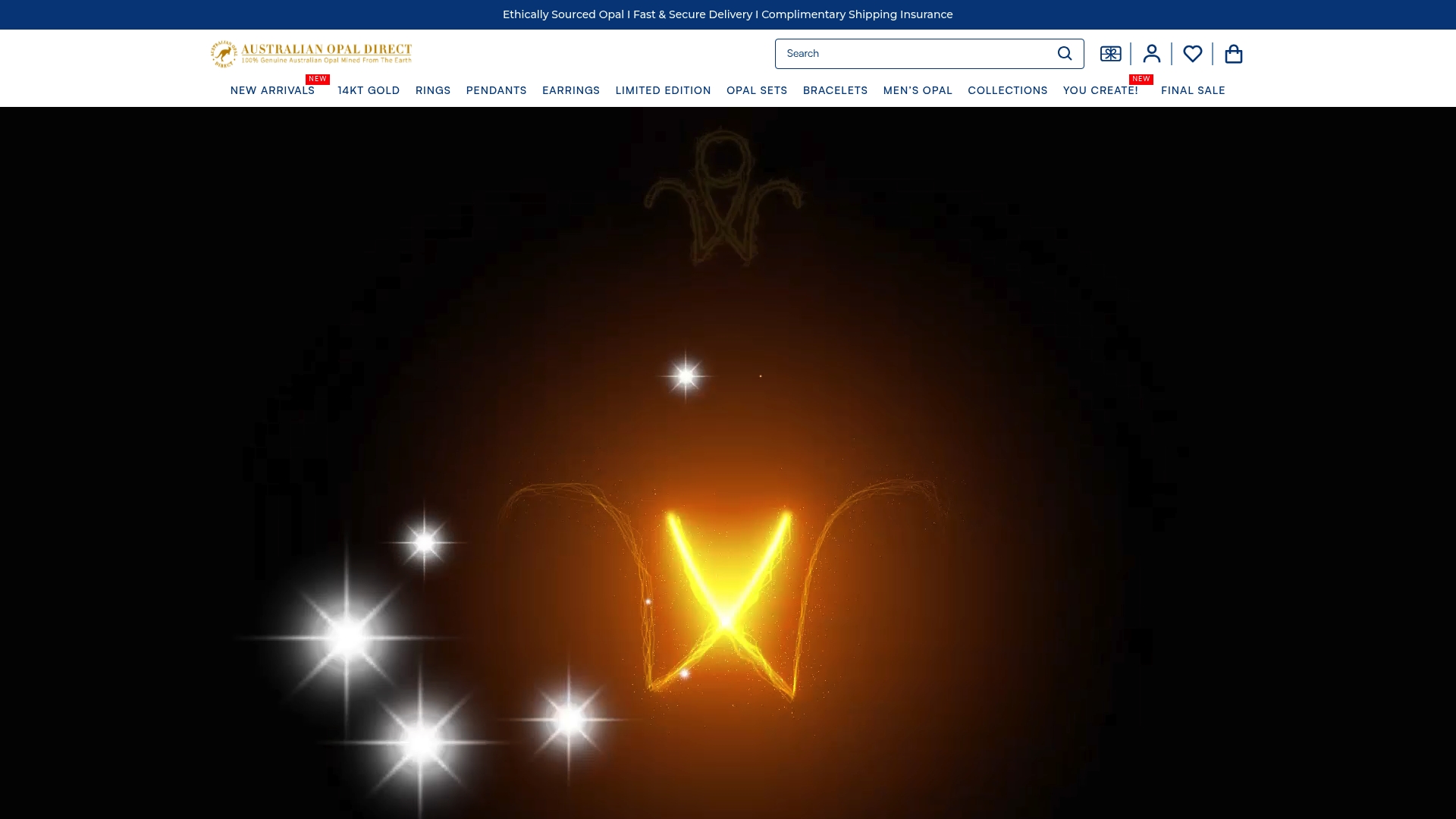
At Australian Opal Direct, you unlock direct access to ethically sourced Australian opals, each backed by expert authentication. Our collection honors the same qualities outlined in the certification guide, from verified origin to meticulous grading. Want absolute peace of mind as you select a precious ring, pendant, or one-of-a-kind piece? Visit Australian Opal Direct today to explore authentic gemstones and discover the story behind each certified opal. For those seeking added assurance, read what sets our opal jewelry for sale apart. Let our detailed certification and premium service turn your next purchase into a treasure with a documented legacy.
Frequently Asked Questions
What is opal certification?
Opal certification is a validation process that assesses the authenticity, quality, and value of opals. It provides a detailed evaluation of characteristics such as body tone, transparency, play-of-color, and origin, helping buyers make informed decisions.
Why is opal certification important for buyers?
Opal certification is critical for ensuring the authenticity and quality of a gemstone. It protects buyers from misrepresented or synthetic stones and helps them understand the true value of their investment.
What key factors are assessed in opal certification?
Opal certification typically evaluates key factors including body tone, transparency, play-of-color, clarity, and origin. These criteria provide a comprehensive assessment of the opal’s characteristics and quality.
How can I verify the authenticity of an opal certification?
To verify the authenticity of an opal certification, request comprehensive documentation that includes origin details, physical measurements, and high-resolution images. Additionally, seek independent verification from professional gemologists for unbiased assessments.
